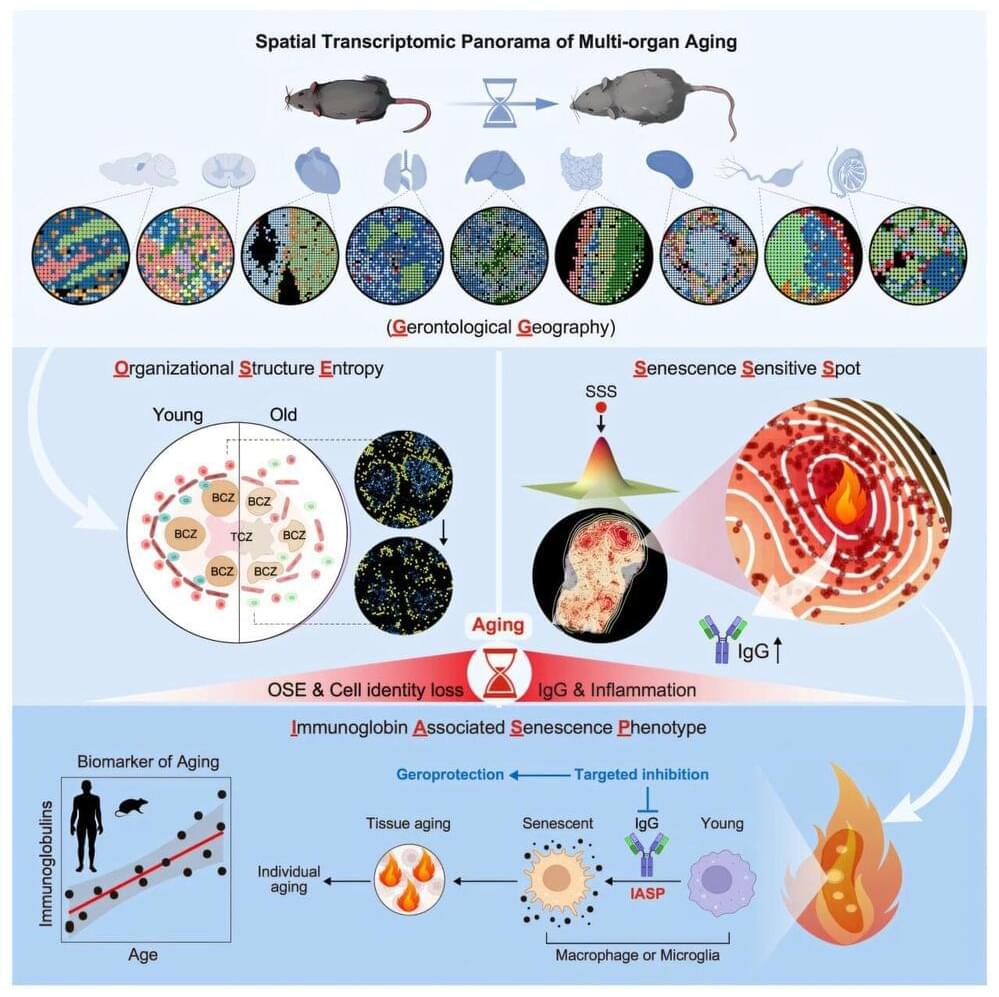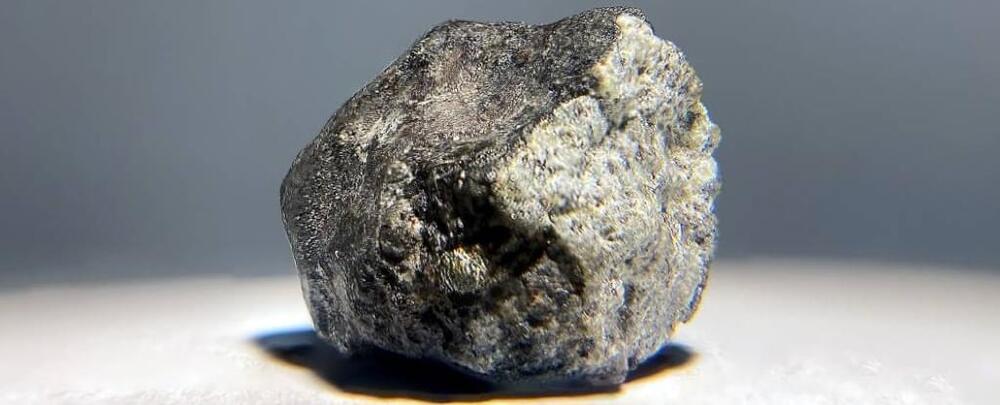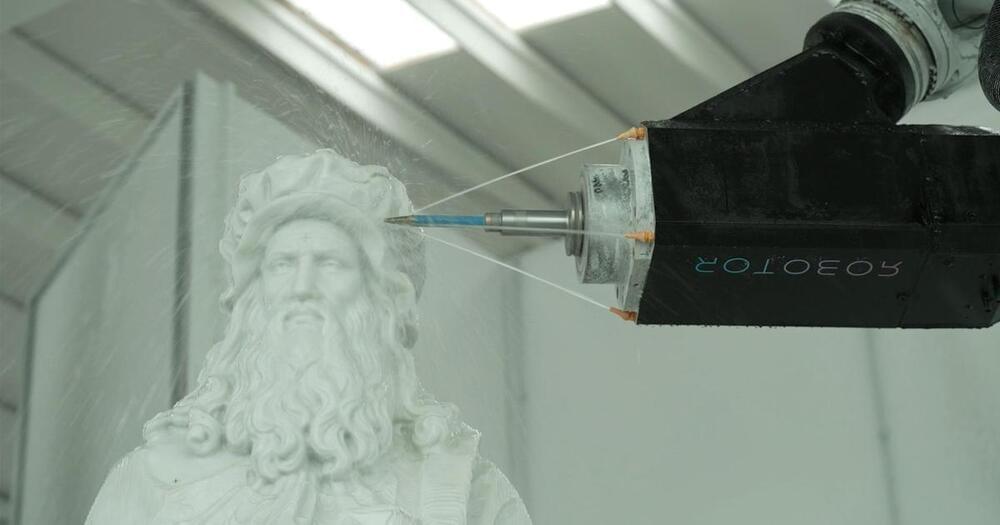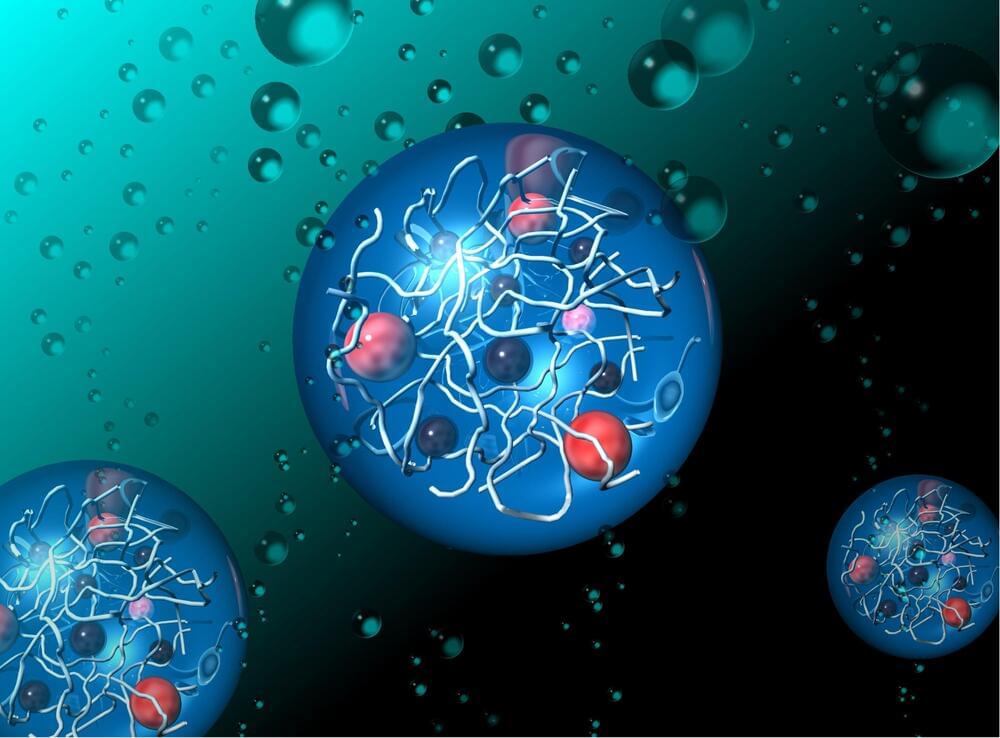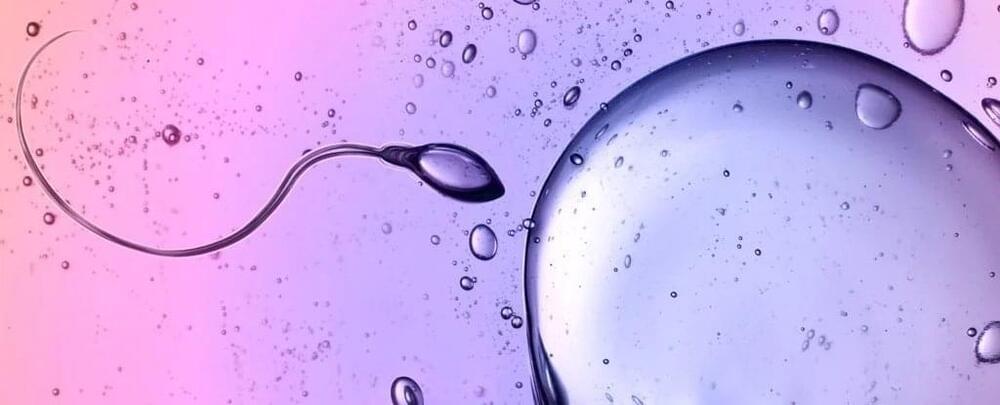
With their slender tails, human sperm propel themselves through viscous fluids, seemingly in defiance of Newton’s third law of motion, according to a recent study that characterizes the motion of these sex cells and single-celled algae.
Kenta Ishimoto, a mathematical scientist at Kyoto University, and colleagues investigated these non-reciprocal interactions in sperm and other microscopic biological swimmers, to figure out how they slither through substances that should, in theory, resist their movement.
When Newton conceived his now-famed laws of motion in 1686, he sought to explain the relationship between a physical object and the forces acting upon it with a few neat principles that, it turns out, don’t necessarily apply to microscopic cells wriggling through sticky fluids.
